B R AMBEDKAR ON COLLEGIUM
Ambedkar delivered a lengthy speech in response to the debates and amendments introduced in Article 124. "I came across three distinct proposals. The first proposal is that Supreme Court justices be appointed with the Chief Justice's approval. "There can be no disagreement that the judiciary must be both independent of the executive and competent in its own right," he said. "With regard to the question of the concurrence of the Chief Justice, it appears to me that those who advocate that proposition seem to rely implicitly both on the impartiality of the Chief Justice and the soundness of his judgment," Ambedkar said.
‘I personally feel no doubt that the Chief Justice is a very eminent person. But after all the Chief Justice is a man with all the failings, sentiments and prejudices which we as common people have. To allow the Chief Justice practically a veto upon the appointment of judges is really to transfer the authority to the Chief Justice which we are not prepared to vest in the President or the government of the day. I, therefore, think that is also a dangerous proposition.’
– Dr. B R Ambedkar, President, Drafting Committee of Constitution of India
What Kiran Rijiju, the Law Minister in Narendra Modi's NDA government, said at a Sabarmati Samvad event organised by Panchjanya, the RSS's weekly magazine, was no different from what Dr Ambedkar said in a Constituent Assembly debate on May 24, 1949.
The public's dissatisfaction with the judiciary, which is becoming increasingly visible on public platforms, stems largely from the opacity of the process by which judges in higher courts are appointed. Rijiju also spoke of public dissatisfaction with the judiciary on various platforms, as well as the same judiciary's plea to gag it after it presided over violence against constitutionally clear laws like the Farm Laws, calling it an expression of dissent.
The judiciary's arbitrariness has been pronounced, and when people see it, their trust in the judiciary is shaken. When they discover that the beheading of a Kanhaiya Lal does not jolt the conscience of the highest court as much as a beard cut of a man of a particular faith, they begin to doubt the competence of the learned men who act partisan while constantly throwing both Constitutional and Mahatma Gandhi at us. The greatest threat to the rule of law is a loss of faith in the society that it seeks to govern, and the leading cause of this loss of faith is arbitrariness in the rule of law. When the law is crystal clear, and the constitution is clear, how come a two-member Supreme Court bench has a split decision on Hijab in a public institution? Either the law is extremely bad, or the Judges must be extremely incompetent to interpret the law in such disparate ways. A third possibility emerges, which is even worse than the first two: instead of interpreting the laws, they harden their opinions. This brings up the issue of how judges are appointed. According to Dr. Ambedkar's quote, the Constituent Assembly ruled out the last option as being extremely dangerous. Thus, under Article 124 of the Constitution, it was pronounced that:
‘Every Judge of the SC should be appointed by the President by warrant under his hand and seal after consultation with such of the judges of the Supreme Court and of High Courts in the state as the president may deem necessary for the purpose and shall hold office until he attains the age of Sixty-Five. ’
While the makers of the Indian Constitution attempted to keep the appointment of judges free of on-the-ground party politics, they also attempted to make way for the appointment of judges reflective of the voice of the people through the elected head of a democratic government, the President of India. To ensure that the President was properly advised by legal minds throughout the process, they retained the provision for consultation with Supreme Court and High Court Judges but left it up to the President's discretion. The choice of words made it abundantly clear that the Constitution did not bind the elected president of Democratic India to consult with legal luminaries. The direct implication of this is that any mechanism that contradicts this and the rights of the President of India would be unconstitutional, regardless of the colour we paint it in.
As a result, the notion that the CJI-led collegium has primacy because the word "consultation" appears in Article 124 and amounts to "concurrence," and that the Collegium's role is critical in ensuring the independence of the judiciary, is nothing more than a rewriting of the Constitution and giving the CJI veto power. It is the same idea that the Constituent Assembly expressly rejected decades ago by voice vote.
By introducing this concept, the Supreme Court is assuming the role of the Constituent Assembly, which was led by Ambedkar, Nehru, Patel, K.M. Munshi, Jaipal Singh Munda, Ganesh Vasudev Mavalankar, Pattabhi Sitaramayya, and India's first President, Rajendra Prasad.Collegium and NJAC
There are numerous and heinous examples of extraneous considerations in judicial appointments in India. Justice R. S. Pathak informed George H. Gadbois Jr. that a sitting Supreme Court judge did not want Delhi High Court Chief Justice T.P. S. Chawla to be elevated to the Supreme Court because Justice Chawla, the Supreme Court judge's neighbor, threatened to shoot his dog!
During the 1950–1971 period, executive interference in judicial appointments was only due to political patronage; however, after 1971, the Indira Gandhi regime insisted on a "committed judiciary," and the government openly weighed the ideology of judicial nominees. Supersession and unfavorable transfers were two tools the government used to intimidate judges.
A "Judicial Collegium," which has had the final say on judicial appointments for the past three decades, was established by the Second Judges Case decision. It was the Supreme Court's idea, and the Constitution does not specifically mention it.
Because it was thought that no appointment could be confirmed by the President without the Chief Justice of India's affirmative approval, the executive role was reduced to a ceremonial one.
Furthermore, in the Third Judges Case (1998), it was clarified that the government could disagree during the process, but if the recommendation was unanimously reiterated by the collegium, the candidate must be appointed.
"While the collegium's inception was viewed as an assertion," wrote Arun Jaitley in his essay, "as a result of its opaque functioning, questionable choices, and genuine lack of participatory involvement of interested stakeholders,"
"bargains are struck between collegium members." Members frequently have preferred candidates and will accept other members' candidates if it means that their own candidates can be appointed or pro-Merit is no longer the most important factor. Rion.
It has been replaced by community representation, caste, ideology, or simple familiarity. "The mystique of the process, the small base from which the selections were made, and secrecy and confidentiality' ensured that the process could fail on occasion," retired Justice Ruma Pal said.
Making the wrong appointments and, even worse, promoting nepotism. A brave step forward was the Constitution (Ninety-ninth Amendment) Act of 2014. The amendment created the National Judicial Appointments Commission, which consists of the Chief Justice of India, the two senior-most judges, the Union Law Minister, and two esteemed members of civil society. To regulate how the NJAC recommends candidates to the President, the National Judicial Appointments Commission Act 2014 was also passed. 15. The Supreme Court declared the NJAC and the 99th Constitutional Amendment unconstitutional, stating that the judiciary cannot risk becoming entangled in a "web of indebtedness" to the government.
Nepali Lessons
A powerful tool for resolving legal conundrums is comparative law. The commission system for judicial appointments has been adopted by many nations in both the Global North and the Global South, including the United Kingdom and South Africa. This system involves all three branches of government as well as civil society, legal academia, and the bar. Nepal, on the other hand, with its younger constitution and historical, cultural, geographical, and political proximity to India, provides the most relevant modality for us. The President of Nepal appoints the Chief Justice on the recommendation of the Constitutional Council. The President of Nepal appoints Supreme Court justices on the recommendation of the Judicial Council. The Judicial Council is a five-member independent body led by the Chief Justice, the Law and Justice Minister, the Supreme Court's most senior judge, and two distinguished jurists representing the Prime Minister and the Nepal Bar Association. Before the President can appoint the Chief Justice and Supreme Court justices, they must be confirmed by the Parliamentary Hearing Committee. The Parliamentary Hearing Committee is made up of 15 members drawn from both Houses of Parliament. As in the case of Nepal, the Constituent Assembly of India contemplated a multiplicity of authorities for the appointment of judges of the constitutional courts, with each of these authorities mutually checking and balancing their functioning. The current collegium system has removed the checks and balances mechanism, which is a fundamental feature of the Constitution. A hybrid mechanism, such as Nepal's, with a collective and transparent procedure for appointing judges, is desirable for India as well.







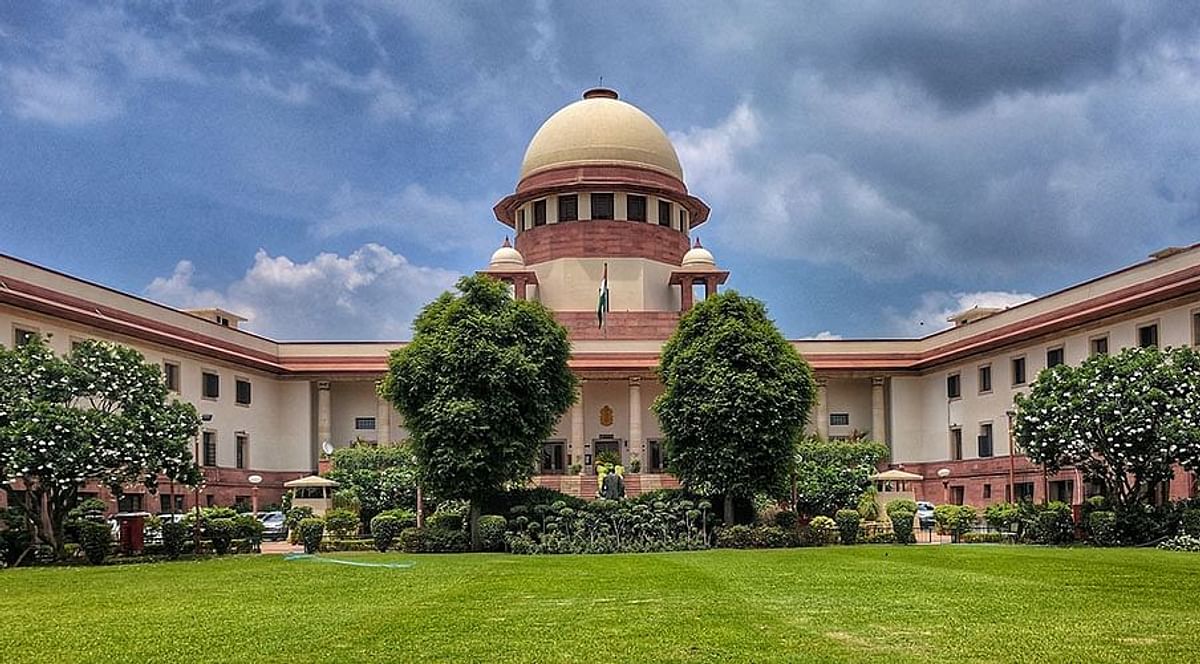
 OpinionExpress.In
OpinionExpress.In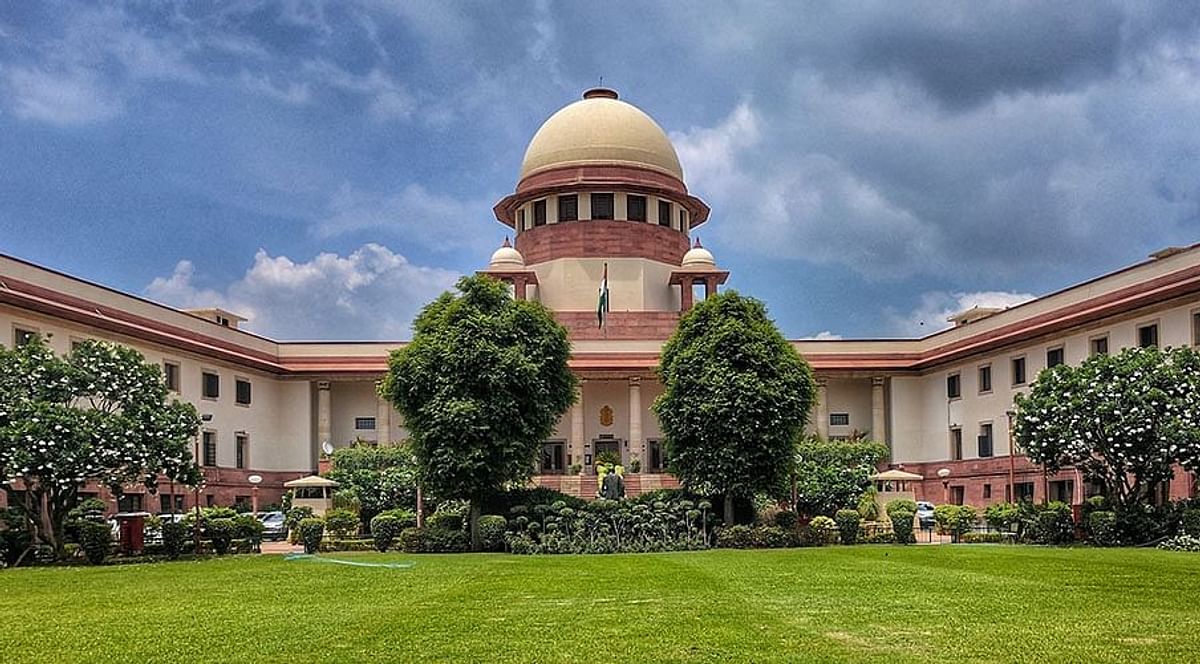
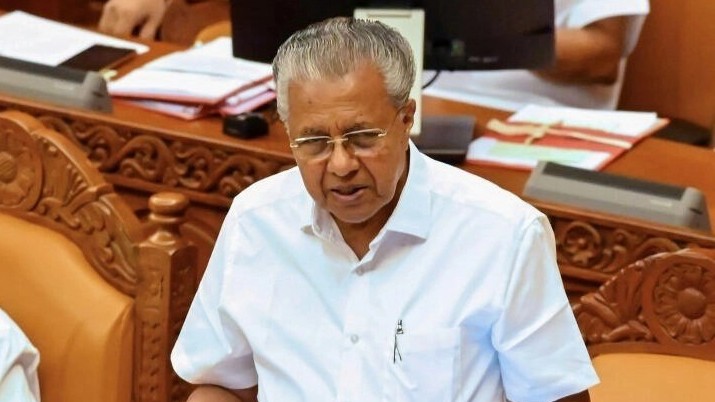
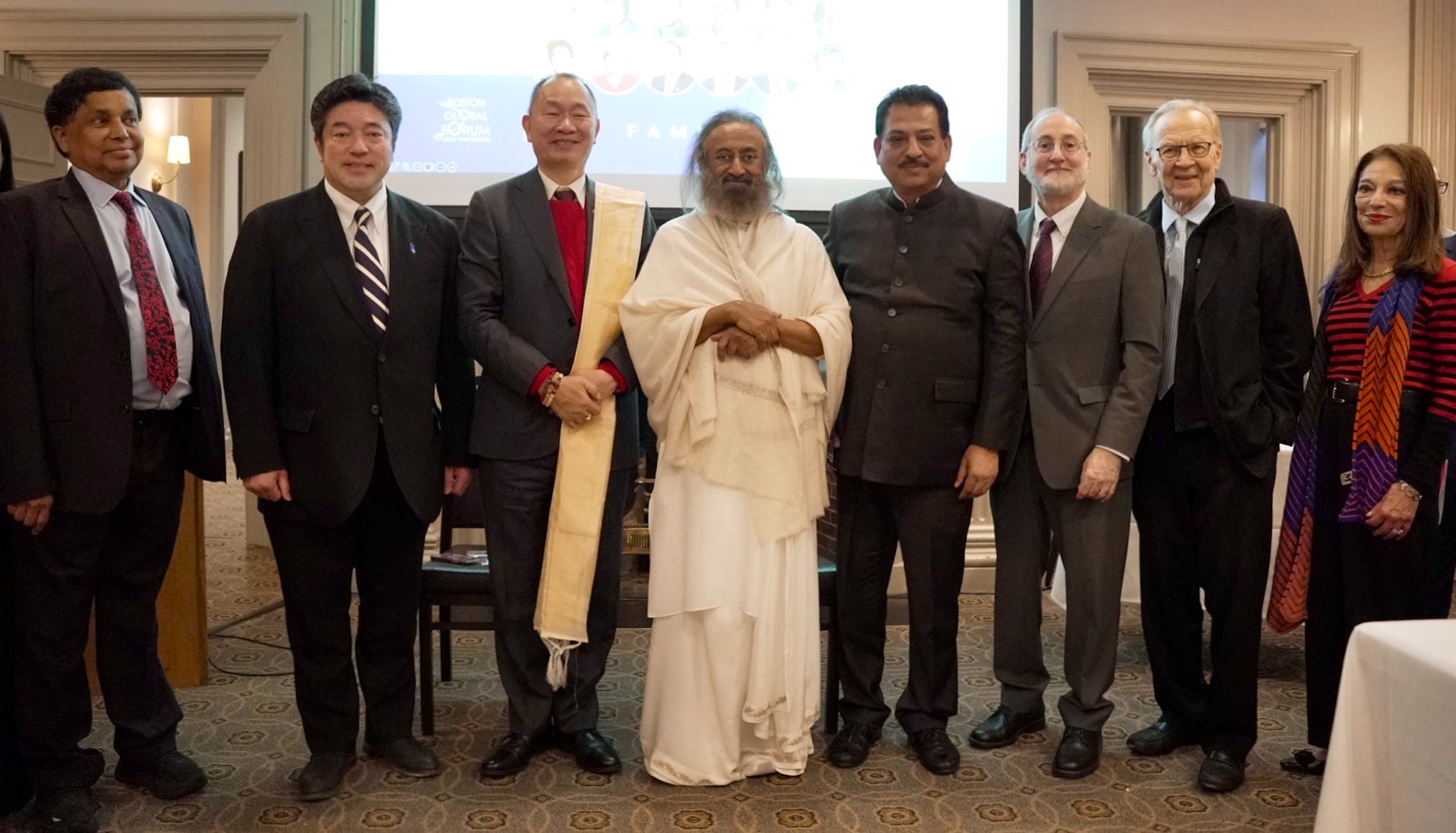
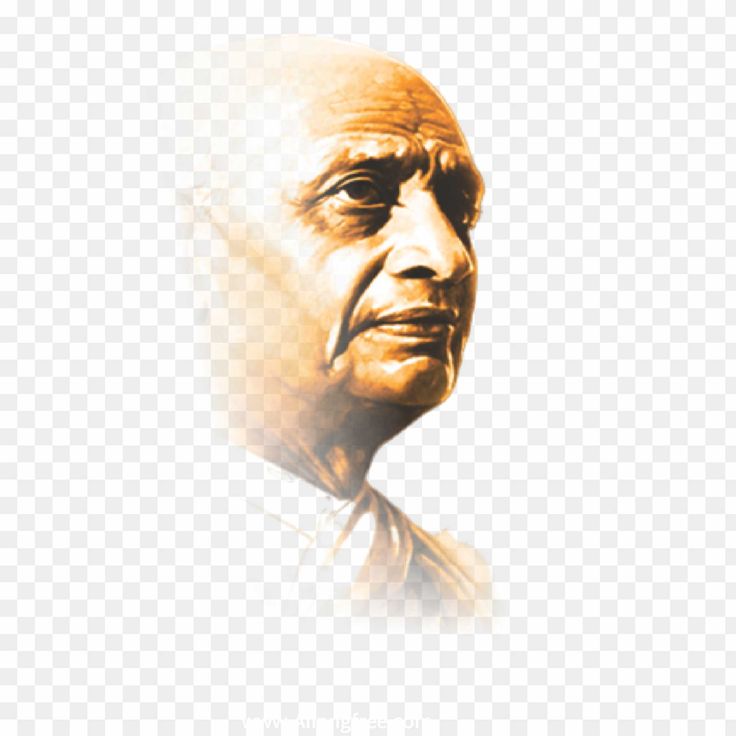
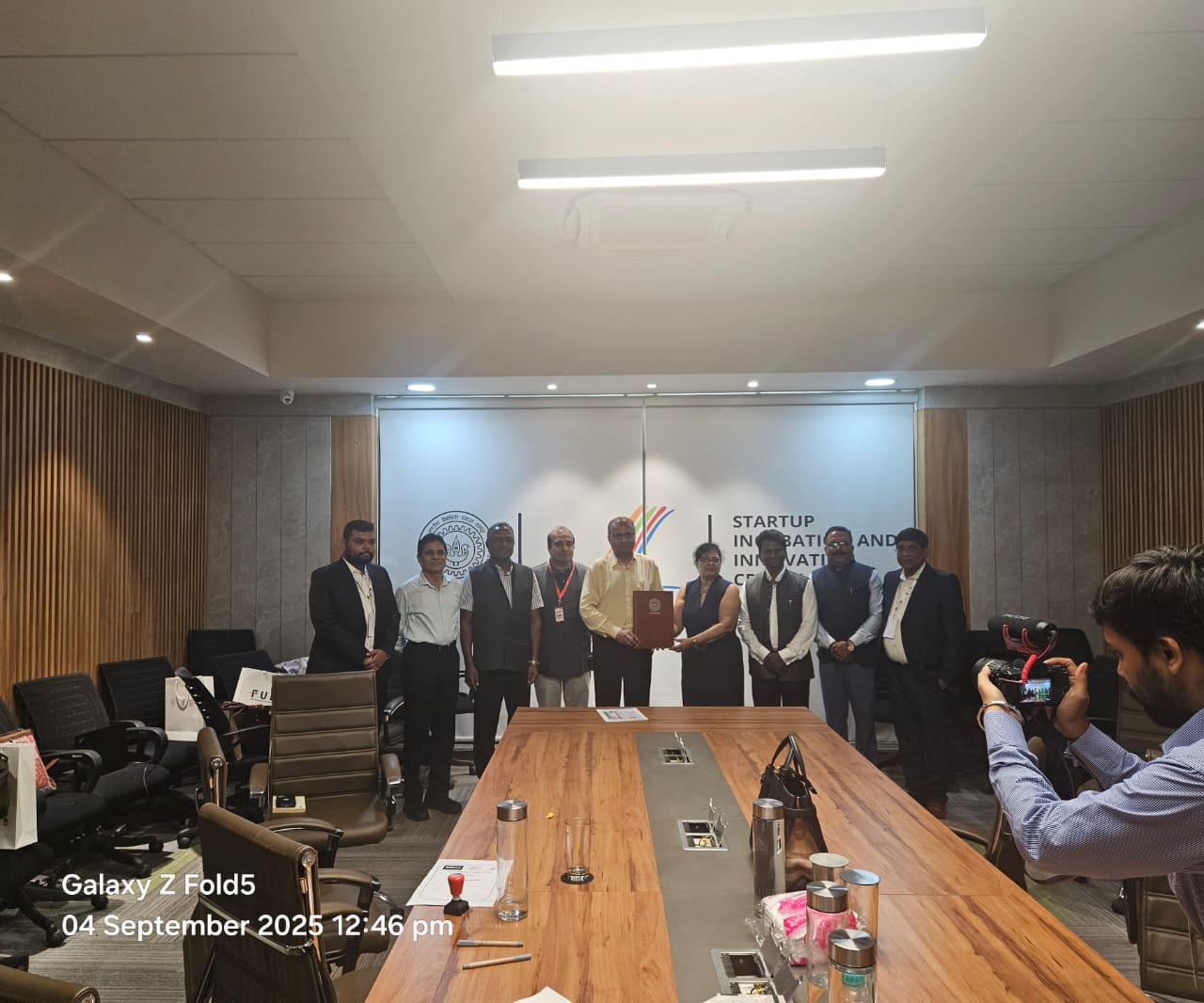
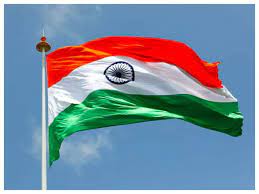










Comments (0)